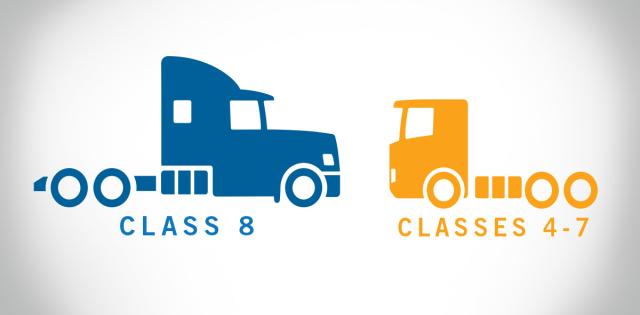Workplace safety is a vital cornerstone of any organization. In light of Occupational Safety and Health Administration’s (OSHA) Safe + Sound Week, it is a prime time to evaluate and prioritize workplace safety and health.
Safety and health initiatives can prevent workplace injuries and illnesses. In fact, studies have shown that effective safety and health initiatives can save $4 to $6 for every dollar invested.
And making a commitment to workplace safety and health offers other benefits. Often when dealers adopt a collaborative approach to safety where employees and leadership are equally responsible, dealerships can experience:
- Improvements in product, process and service quality;
- Enhanced employee morale;
- Improved employee recruitment and retention; and
- A more favorable image and reputation among dealership customers, suppliers and the local community.
Creating a culture that embraces workplace safety and health can involve small, cost-effective steps. Take a look at the following examples:
- Offer access to personal protective equipment: John Whitby of Kent County Motor Sales Company in Dover, Del.: “We place a box of safety glasses by the door before you enter the service and body shop. That way, all staff, whether it’s a service or a sales team member, know they need to put them on before they walk through the door.”
- Implement monthly safety inspections: Whitby adds: “We perform monthly safety inspections with a walk through of the dealership—it takes less than an hour and it helps to keep safety on the mind of staff and managers.”
- Restrict access to potentially hazard area: Isaac Willis of Chevrolet Buick in Smyrna, Del.: “We’ve thought through how staff and customers move through our dealership. Customers are not allowed into the service department. We also include discussions of safety in our monthly Service Team meetings.”
Prioritizing workplace safety and health will work for you on many levels. For more tips, review OSHA’s Recommended Practices of Safety and Health Programs.










